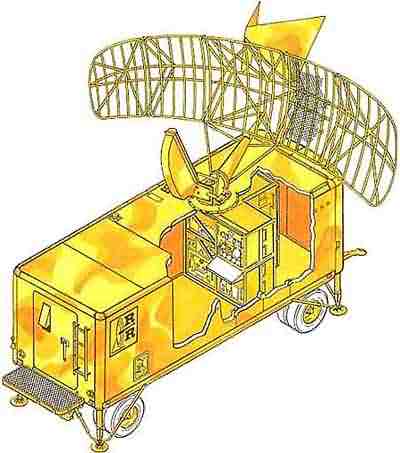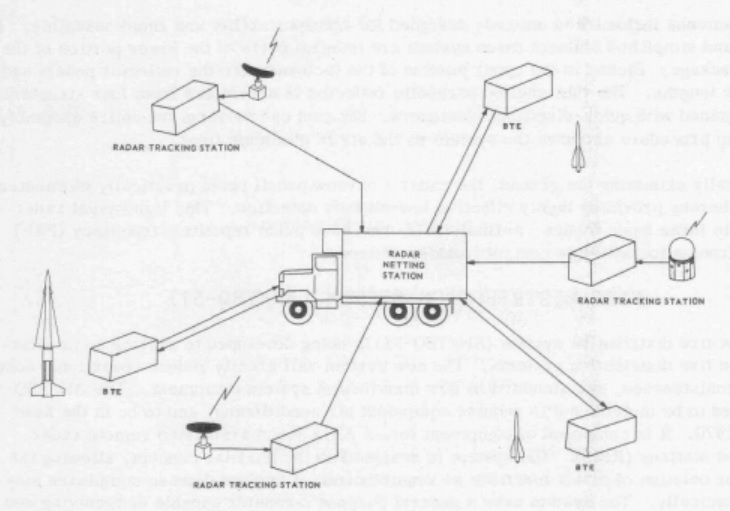


Radar Western Electric ANTPS-1D Carthagène Espagne
English Translation
Merci à Hubert pour les photographies
 |
Historique Voir ICI
History Click HERE
This radar, was developped by Bell Telephone Laboratories that subsequently was produced by the Western Electric Company
He was similar to majority of observing radars, used during and shortly after the W.W.II. It was equipped by electronic system of moving targets indicators, (MTI), enabling presentation on indicator of moving targets only, not presenting permanent objects echo.
the AN/TPS-1D, a medium-powered search radar designed to detect air targets at ranges up to 160 nautical miles (297 kilometers). It was first issued to the Air Force to complement the radar coverage of the continental United States. Later issue of the AN/TPS-1D to gun units satisfied the requirement for long-range radars at battalion level. To make the radar more compatible with unit mobility, the AN/GSS-1 electronic search central was designed. This metalshelter contains the AN/TPS-1D radar, radio and telephone facilities; identification, friend or foe (IFF),equipment; and a plotting board. Mounted on a2-g-ton truck, it could shelter an emergency battalion AADCP.
In 1957, additional improvements to the AN/TPS-1D were made to provide better vertical antenna coverage, a more stable MTI, and a larger presentation system. The result of this was the AN/TPS-1G, which was issued to field army units overseas and to some training units in the United States.
. A crew of two could operate the radar Radar was used in stationary and mobile variants, by building in a vehicle, while radar mast could be mounted 45 m of the transmitter.
Also, it was possible to rise the complete equipment to improvised, of 20 meters high bed, thus increasing the effective radar range. Device had power unit (electric generator). To protect the device of bad weather, (wind, cold, heat, precipitation, rain and snow), all unit could be covered by a tent, often wide enough to cover not device alone, but space in which radar presentation board and the communication center.
The 1B model could detect bombers at 300 m at a distance of 220kms . The height detection and range on the 1C and 1D models exceeded those of the 1B. The transmitter sent its pulse at an L-band frequency between 1220 to 1280 megahertz (MHz).
 |
Technical Data
L BAND SEARCH. Radar type AN/TPS-lD, ground radar.
Freq band: 1220 to 1350mHz.
Pwr output and range: 500KW, 20/40/80/160 mi.
Indicator: PPI & A scopes. Magnetron type: 5J26 Mod type: 5C22 thyr. Rep rate: 2 microsec 360 to 400 pps.
Pwr input: 115V 400 cy AC
.Antenna: 4 deg H, 12 deg V.